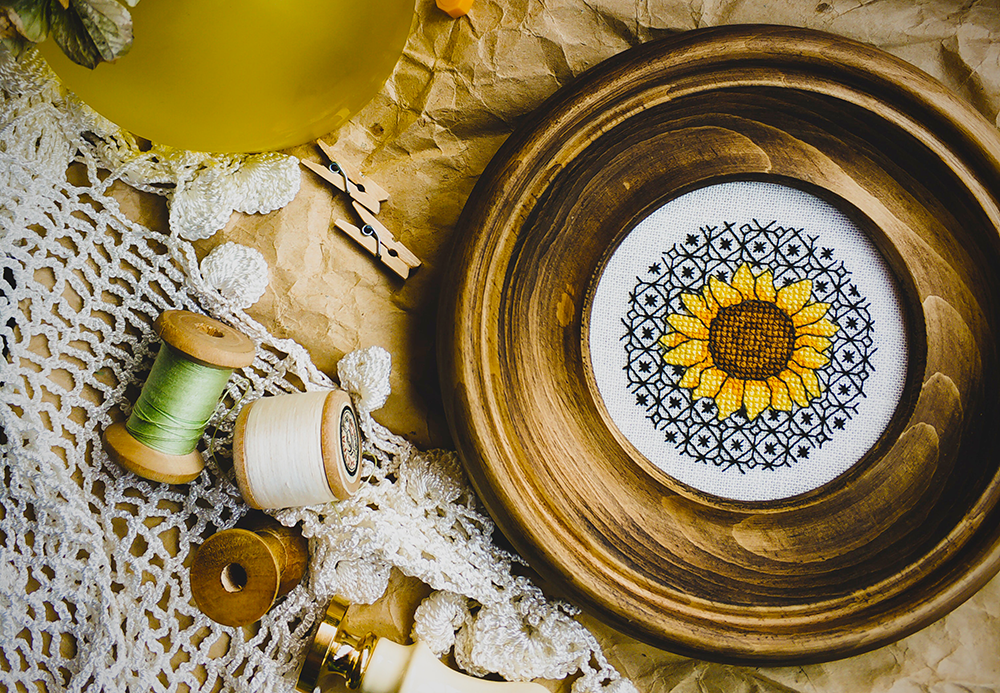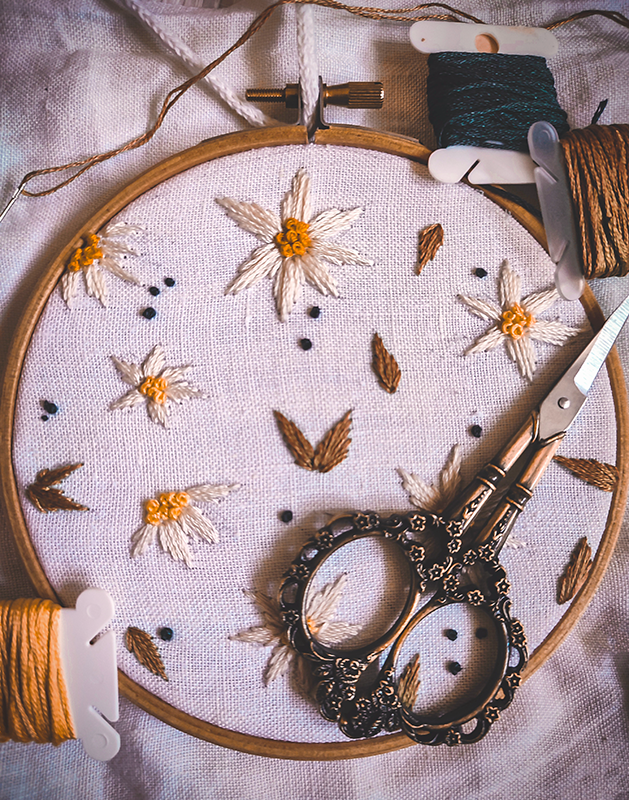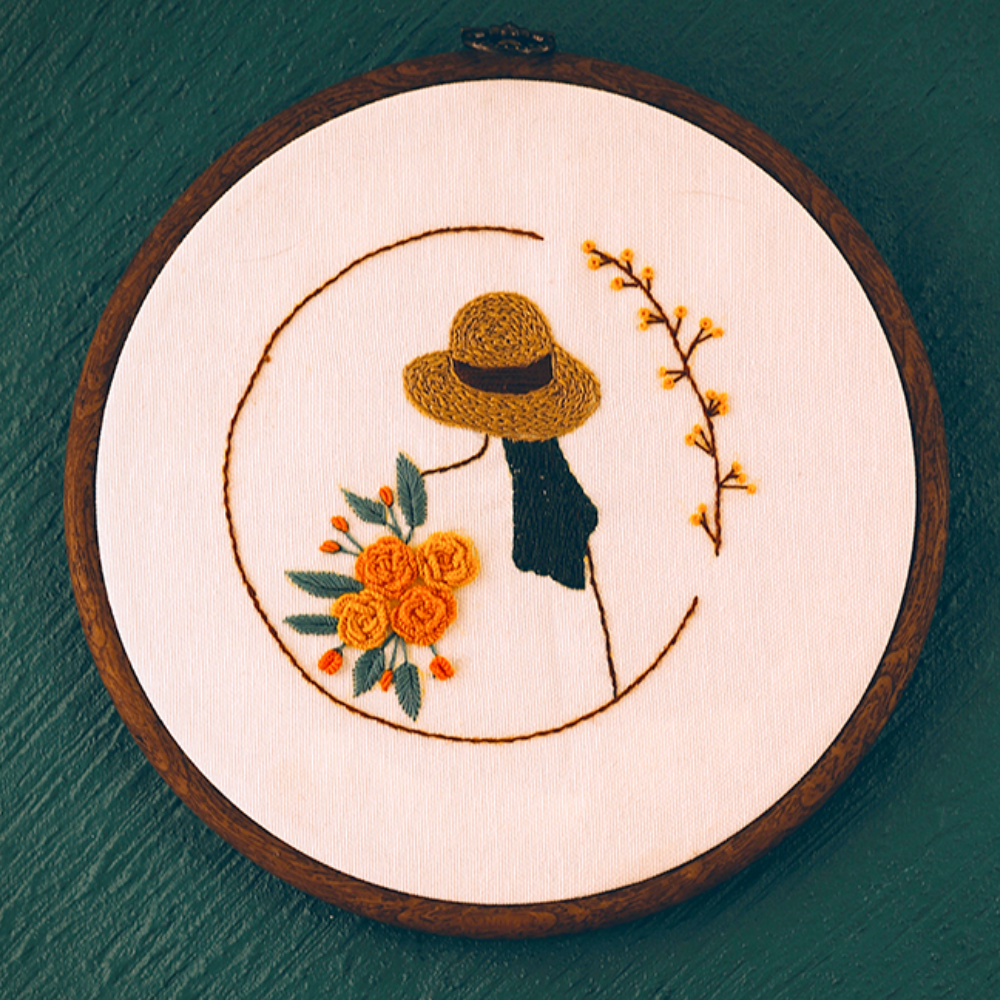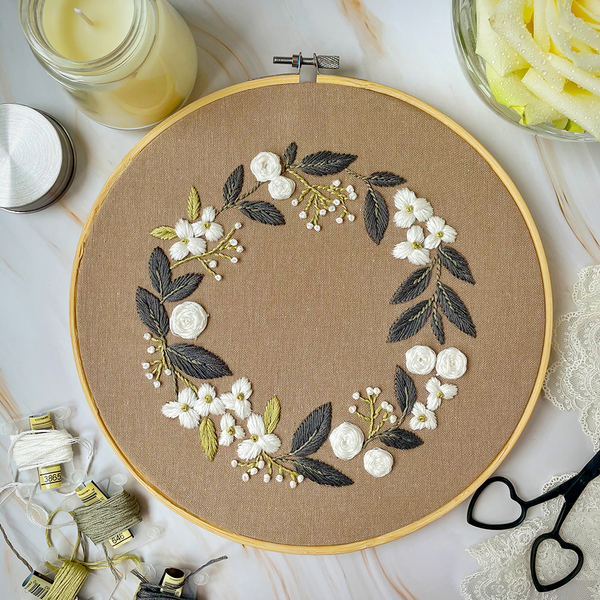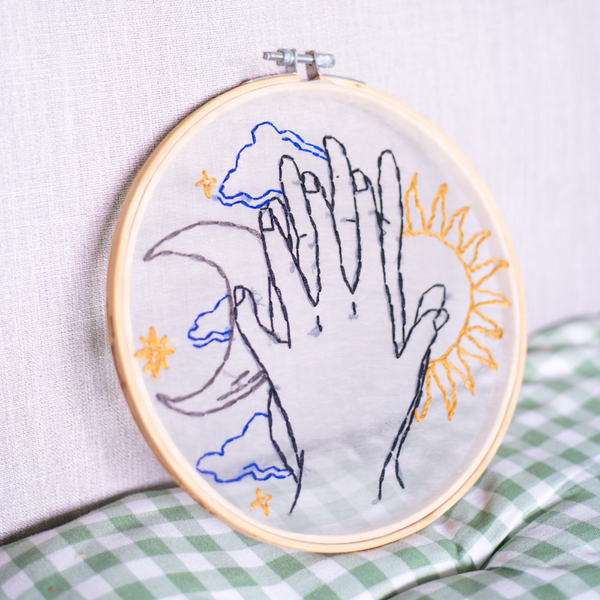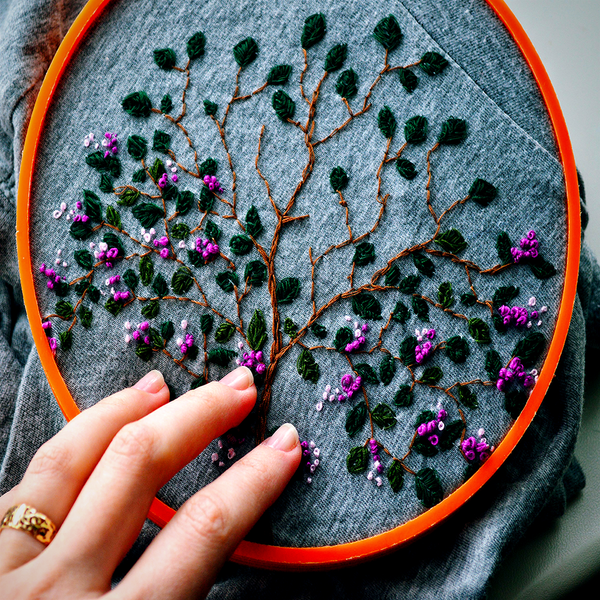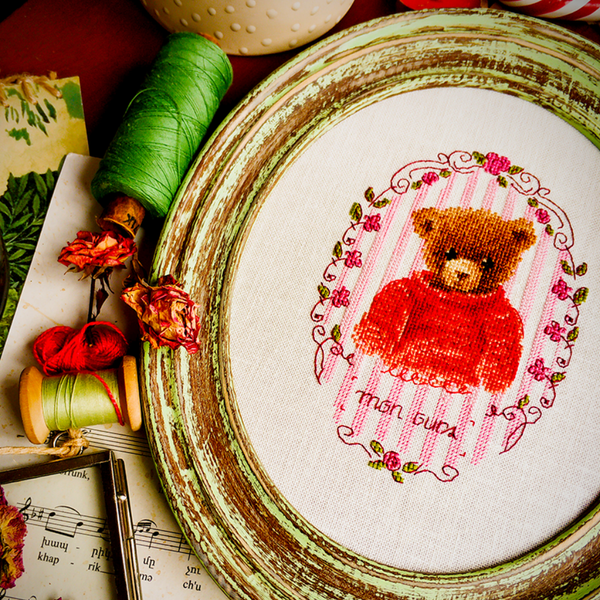Embroidery is a timeless art that adds a touch of elegance and personalization to various garments and fabrics.
From monogrammed towels to intricate designs on jackets, embroidery transforms ordinary items into extraordinary keepsakes.
However, one common question that arises during the embroidery process is: "Is it ok to remove embroidery backing?"
This article delves into the intricacies of embroidery backings, their importance, and the implications of removing them.
Whether you're a seasoned embroiderer or a curious beginner, understanding the role of embroidery backing can make a significant difference in the quality and longevity of your projects.
Key Takeaways:
- Embroidery backing provides essential support and stability to the fabric during stitching.
- Removing the backing can affect the durability and appearance of the embroidered design.
- Different types of backings are suitable for various fabrics and projects.
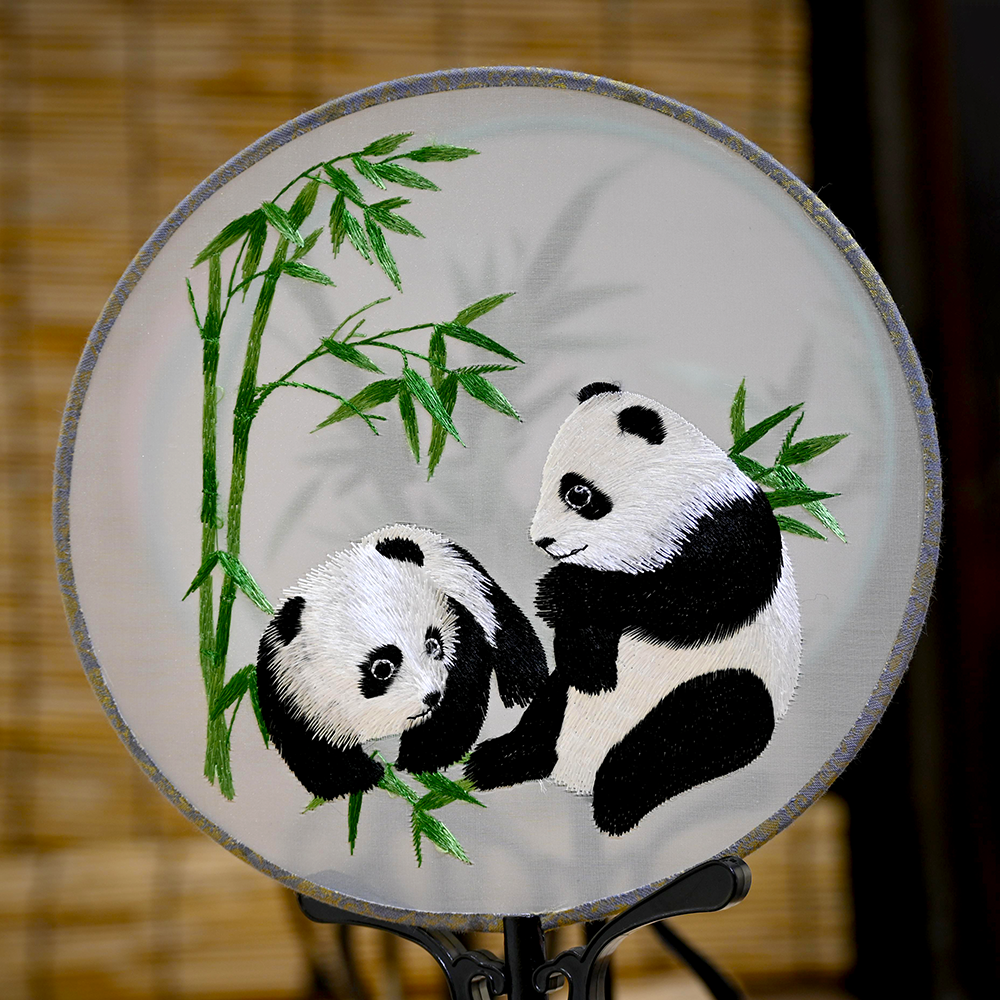

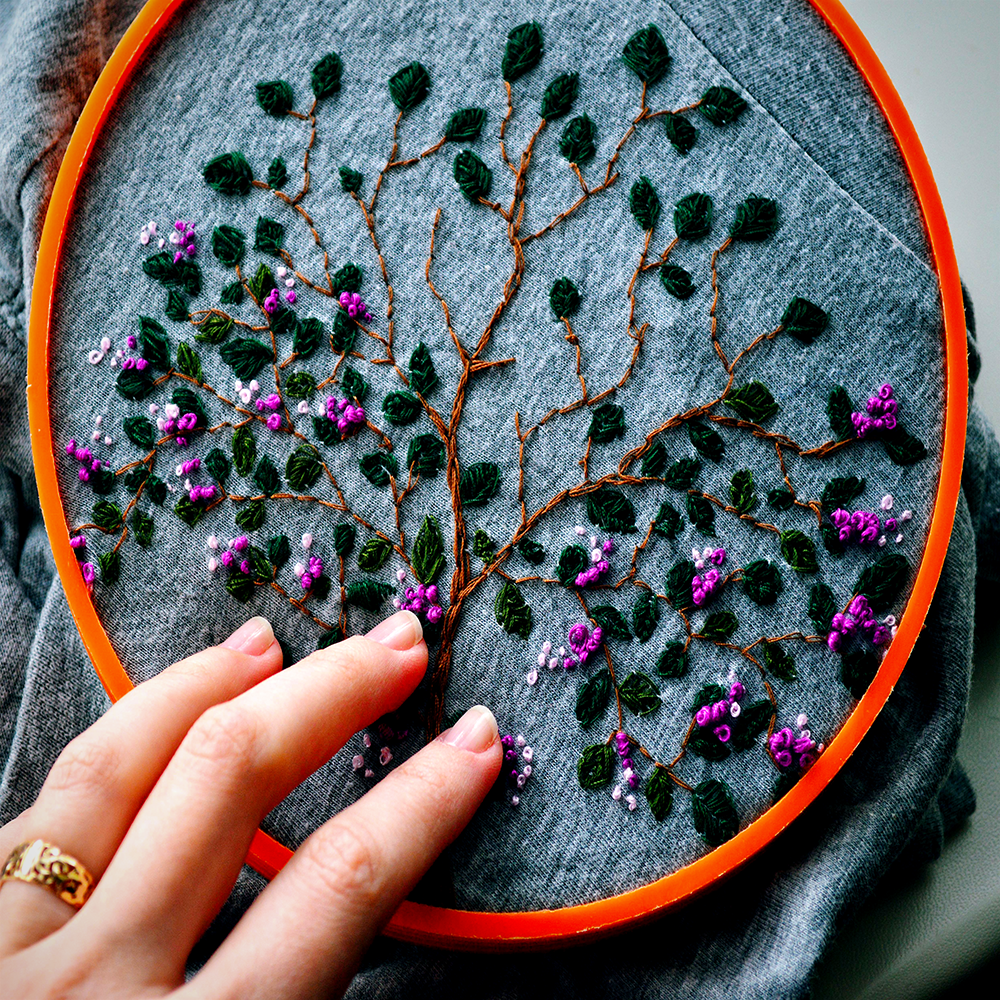
Understanding Embroidery Backing
Embroidery backing, also known as stabilizer, is a material used to support the fabric during the embroidery process.
It prevents the fabric from stretching, puckering, or distorting while being stitched.
There are various types of backings, including tear away backing, cut away backing, and poly mesh, each serving a specific purpose.
Tear away backing is commonly used for lightweight fabrics and projects that require minimal support.
It is easy to remove by tearing it away from the stitches.
On the other hand, cut away backing is more robust and provides greater stability, making it ideal for stretchy fabrics and garments that will be washed frequently.
Poly mesh is a lightweight, soft backing that is perfect for delicate fabrics and designs that require a smooth finish.
Role of Backing in Embroidery
The primary function of embroidery backing is to provide stability to the fabric during stitching.
Without an appropriate backing, the fabric can shift, stretch, or pucker, resulting in a distorted design.
The backing also helps to maintain the shape and quality of the embroidery, ensuring that the stitches remain neat and even.
For instance, when embroidering a t-shirt, using a cut away backing can prevent the fabric from stretching and distorting.
This is particularly important for stretchy fabrics like knits, which tend to move and stretch during the embroidery process.
By providing a stable base, the backing ensures that the design remains intact and looks professional.
Is It OK to Remove Embroidery Backing?
The decision to remove embroidery backing depends on the type of backing used and the fabric being embroidered.
For tear away backing, it is generally acceptable to remove it after the embroidery is complete.
However, it is essential to be cautious and avoid pulling too hard, as this can damage the stitches and fabric.
Cut away backing, on the other hand, should not be removed entirely.
Instead, it should be trimmed close to the stitches, leaving a small piece of backing to support the design.
This is especially important for garments that will be washed frequently, as the backing helps to maintain the integrity of the embroidery.
Removing the backing entirely can lead to distortion and puckering over time.
Techniques for Removing Backing
When removing embroidery backing, it is crucial to use the right techniques to avoid damaging the fabric and stitches.
For tear away backing, gently tear the backing away from the stitches, being careful not to pull too hard.
Using small, controlled movements can help prevent damage to the embroidery.
For cut away backing, use sharp embroidery scissors to trim the backing close to the stitches.
Be sure to leave a small piece of backing to support the design.
This method ensures that the embroidery remains stable and maintains its shape.
Additionally, using a fusible backing can provide extra support and prevent the fabric from stretching during the embroidery process.
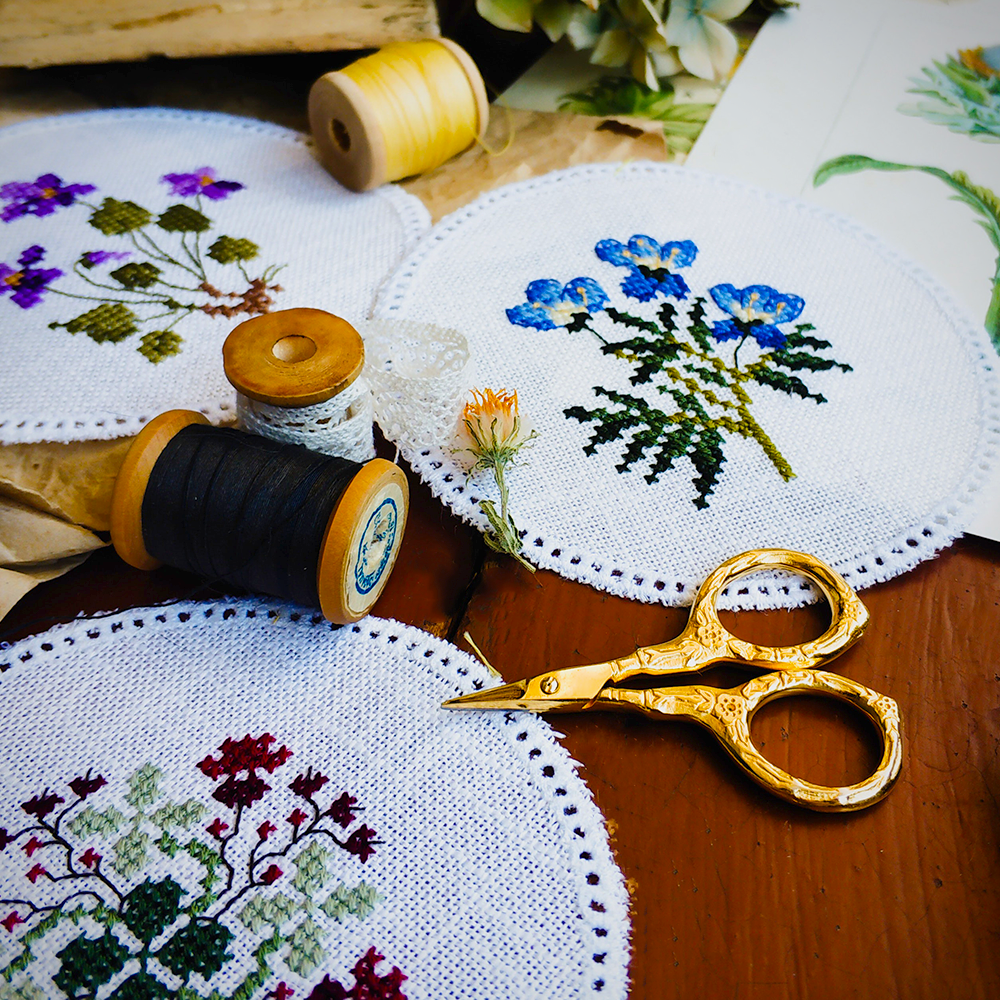


Choosing the Best Backing for Your Project
Selecting the appropriate backing for your embroidery project is crucial to achieving the best results.
For lightweight fabrics, tear away backing is often the best choice, as it provides enough support without adding bulk.
For stretchy fabrics like knits and t-shirts, cut away backing is recommended, as it offers greater stability and prevents distortion.
Poly mesh backing is ideal for delicate fabrics and designs that require a smooth finish.
It is lightweight and soft, making it perfect for garments that will be worn close to the skin.
When embroidering hats or other structured items, a more robust backing may be necessary to maintain the shape and quality of the design.
Wrap Up Embroidery with Confidence!
Embroidery backing is the unsung hero that ensures your embroidery designs shine with stability and support.
It plays a crucial role in providing stability and support to the fabric during the embroidery process.
The decision to remove the backing depends on the type of backing used and the fabric being embroidered.
While tear away backing can be removed after embroidery, cut away backing should be trimmed close to the stitches to maintain the integrity of the design.
Whether you choose to remove or trim the backing depends on the type and fabric, but making the right choice is key to achieving professional, long-lasting results.
So, next time you embark on an embroidery project, remember the importance of your backing choice and stitch with confidence!

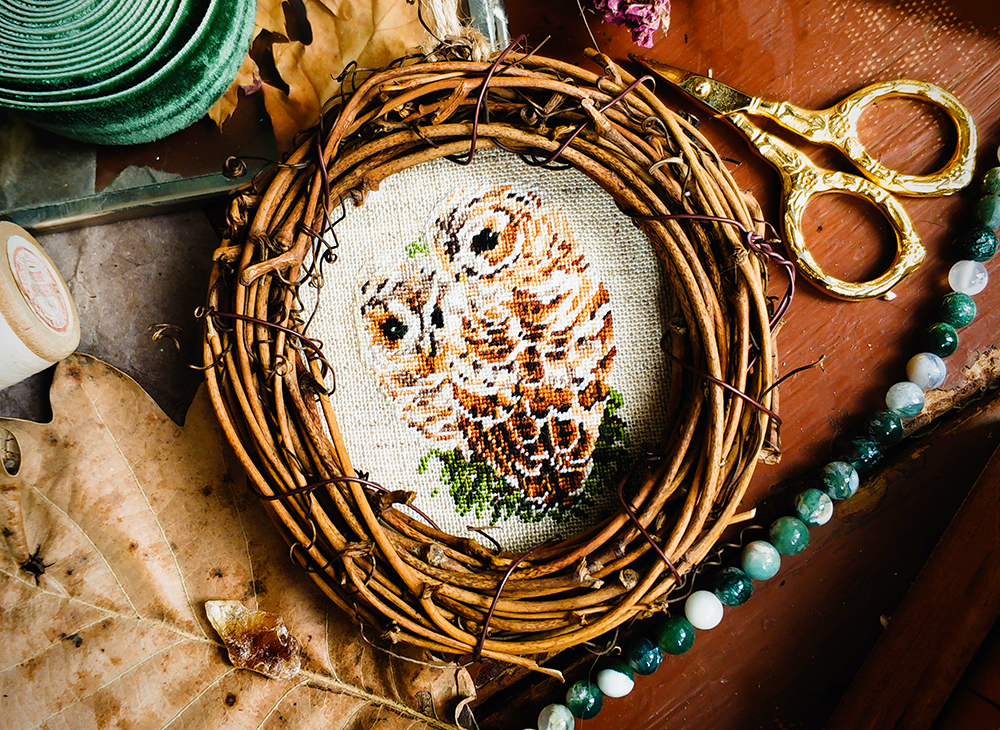
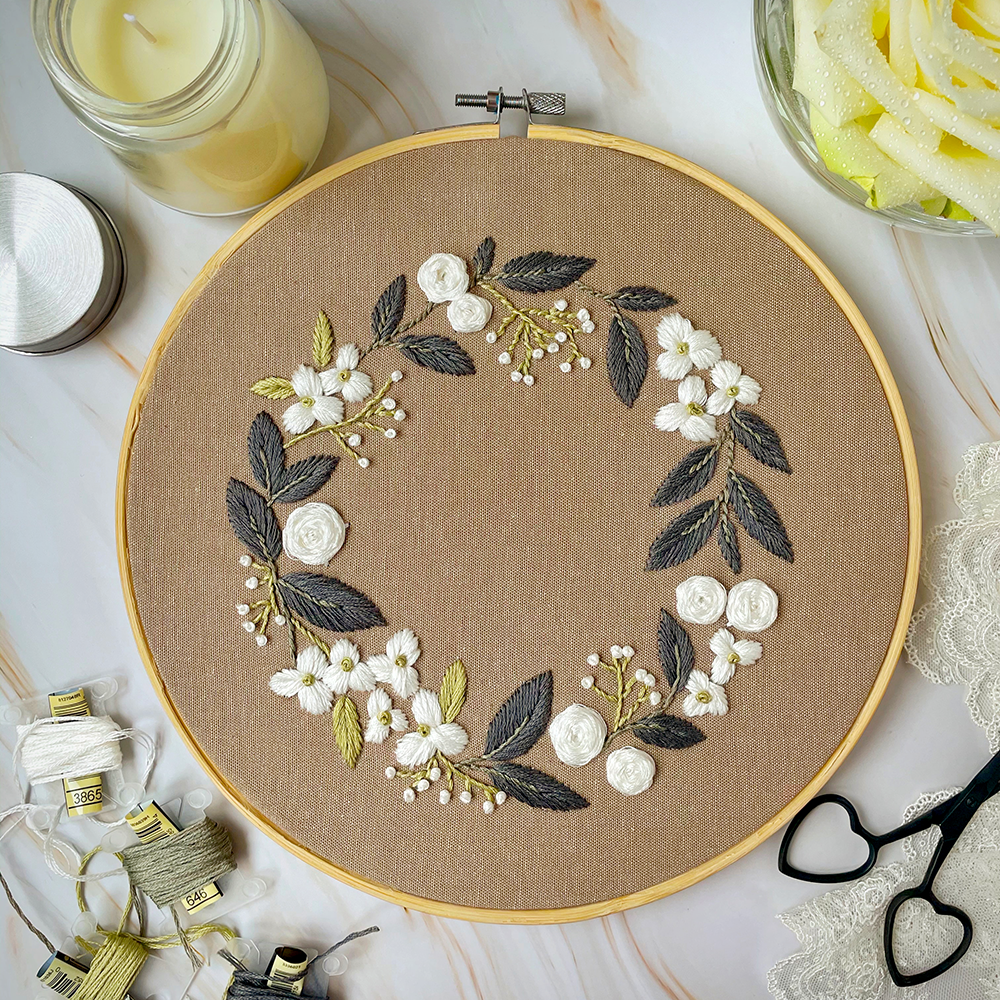
Embroidery FAQs
Embroidery is a beautiful and intricate craft, but it often comes with a lot of questions, especially when it comes to backing.
Whether you're a seasoned embroiderer or just starting out, understanding the different types of backing and how to handle them is crucial for achieving the best results.
Below, we've compiled some of the most frequently asked questions about embroidery backing to help you navigate this essential aspect of your projects.
Can I remove all types of embroidery backing?
No, not all types of embroidery backing should be removed entirely. Tear away backing can be removed after embroidery, but cut away backing should be trimmed close to the stitches to maintain the integrity of the design.
What is the best backing for stretchy fabrics?
Cut away backing is recommended for stretchy fabrics like knits and t-shirts, as it offers greater stability and prevents distortion during the embroidery process.
How do I remove tear away backing without damaging the stitches?
To remove tear away backing without damaging the stitches, gently tear the backing away from the stitches using small, controlled movements. Avoid pulling too hard to prevent damage to the embroidery.
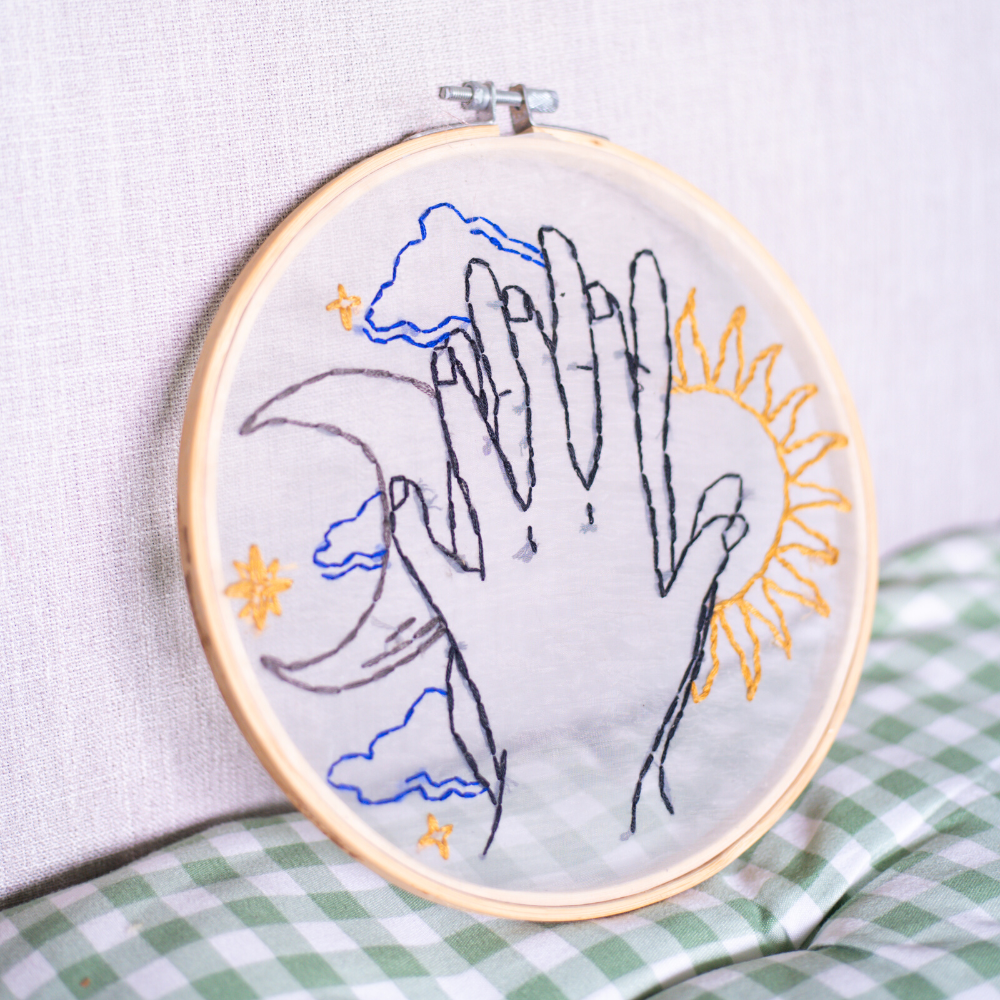
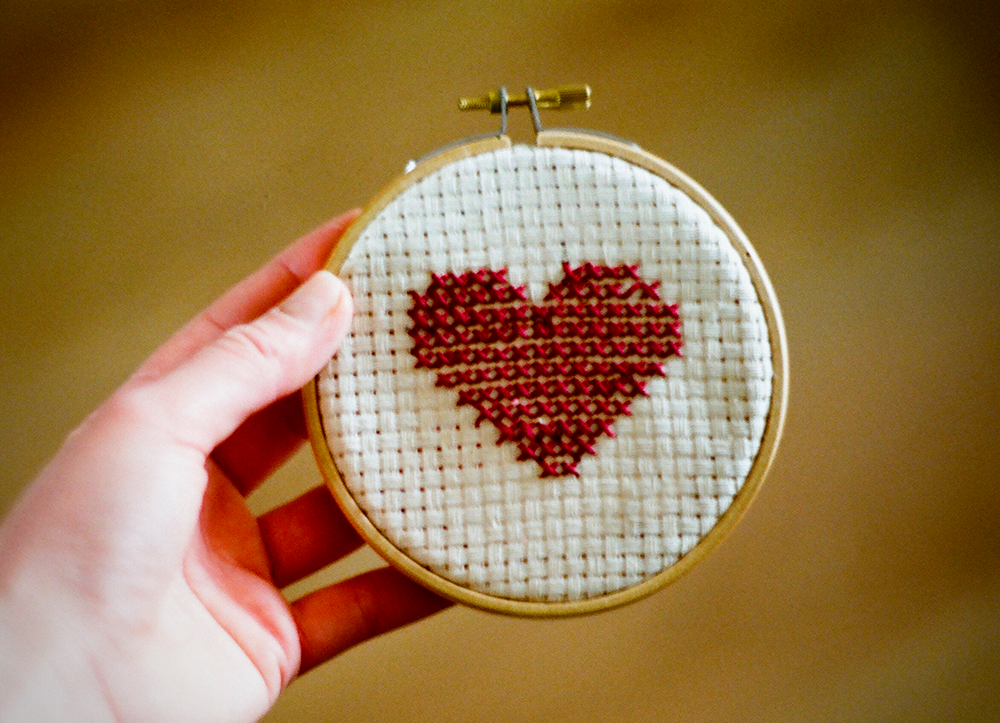
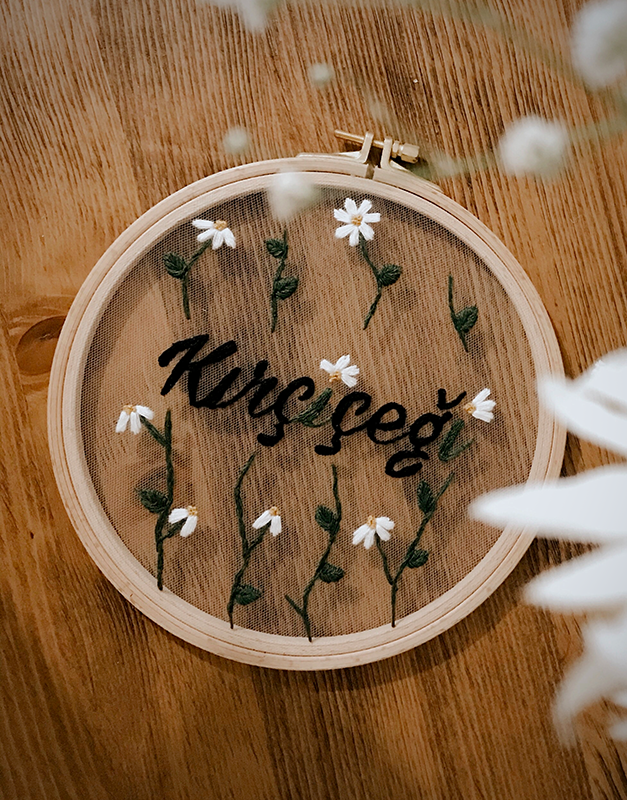
Looking to remove embroidery backing? Check out Joyce Jagger, The Embroidery Coach's video!
Want even more content about creativity and art?
Be sure to check out all of our creative chronicles!
Interested in embroidery?
You might want to check out some of our other articles:
-What do you do with embroidery after you're finished?
-What's the fastest way to remove embroidery?
-Does removing embroidery leave a mark?
-Can you remove direct embroidery?
-Is it easy to remove embroidery?
